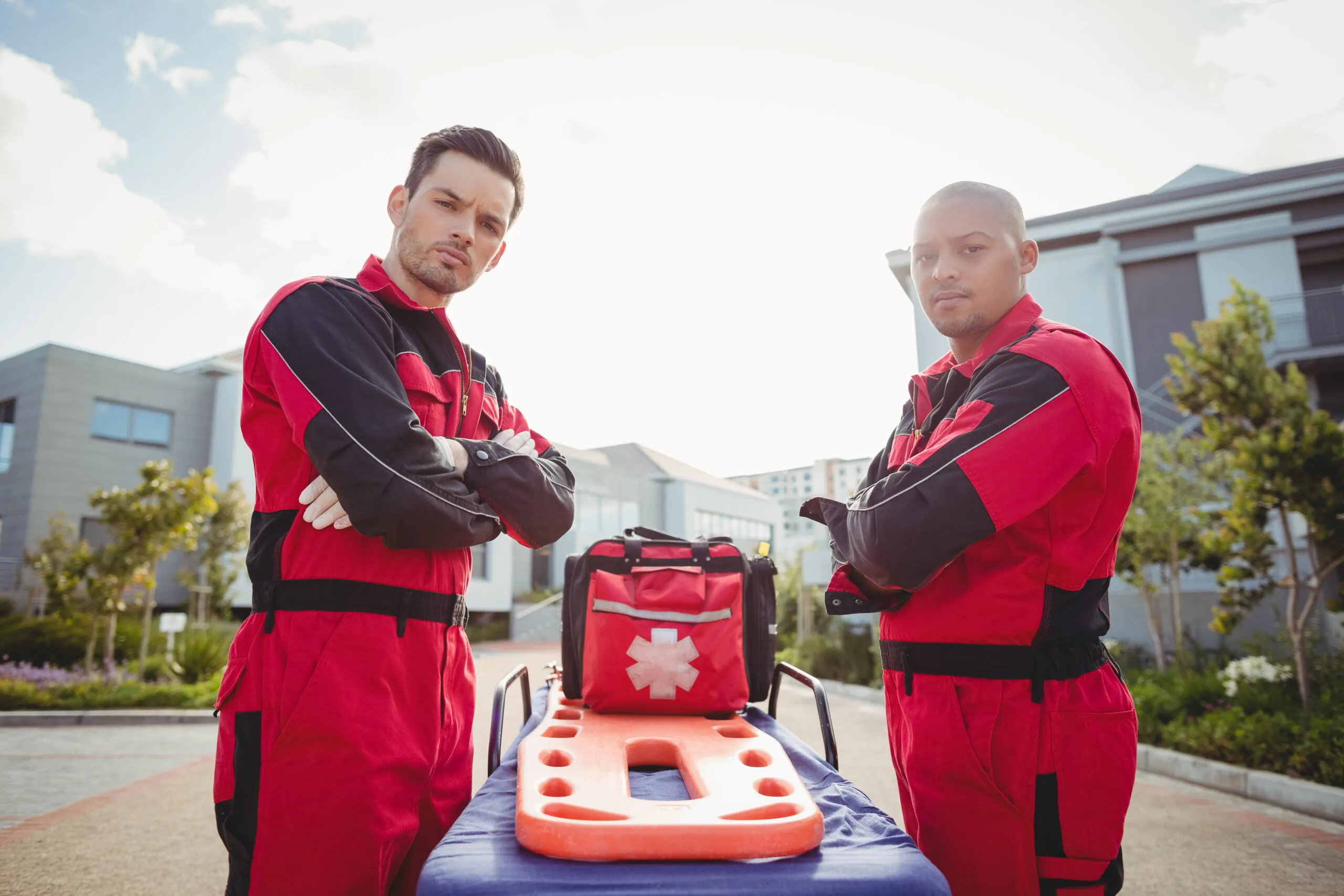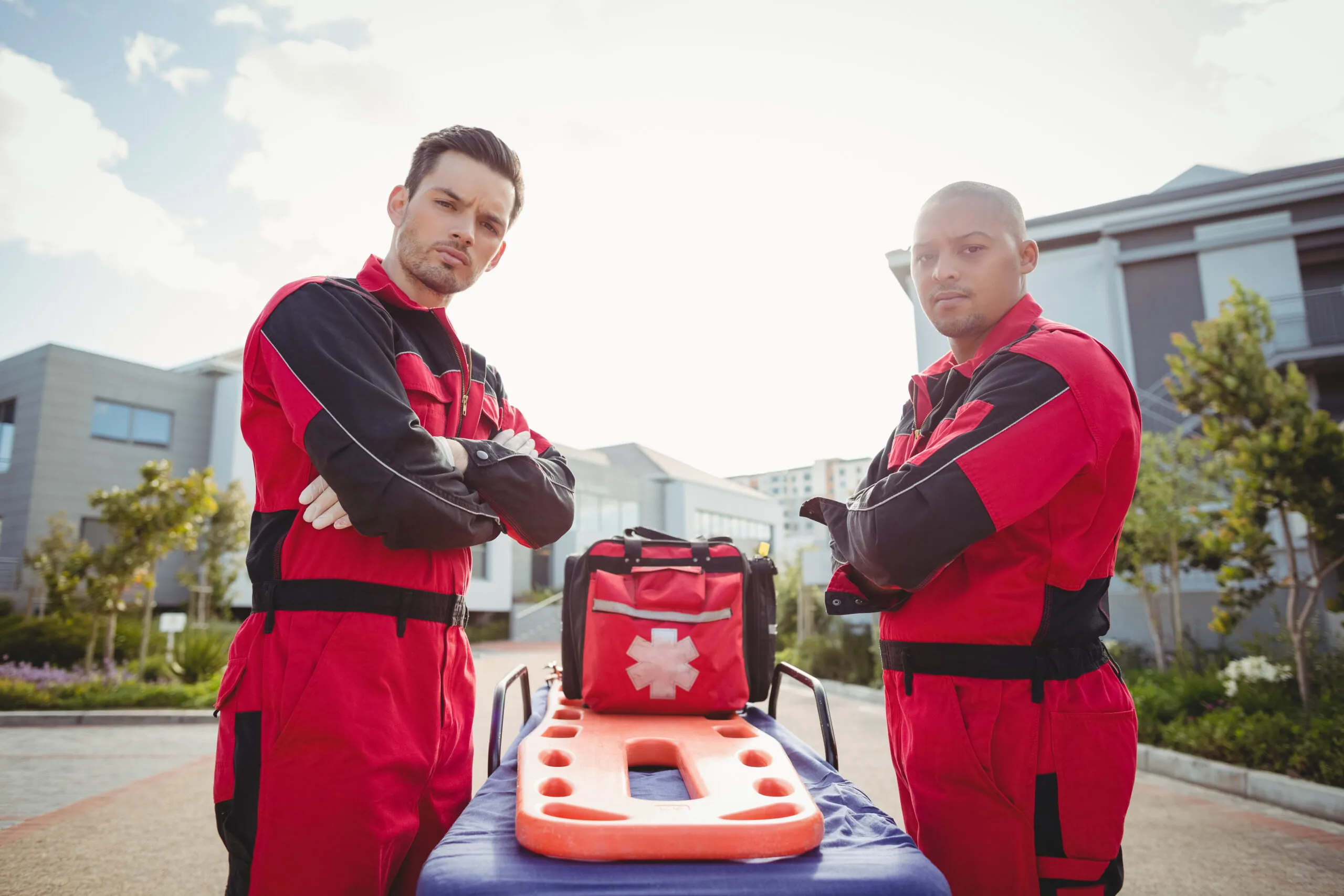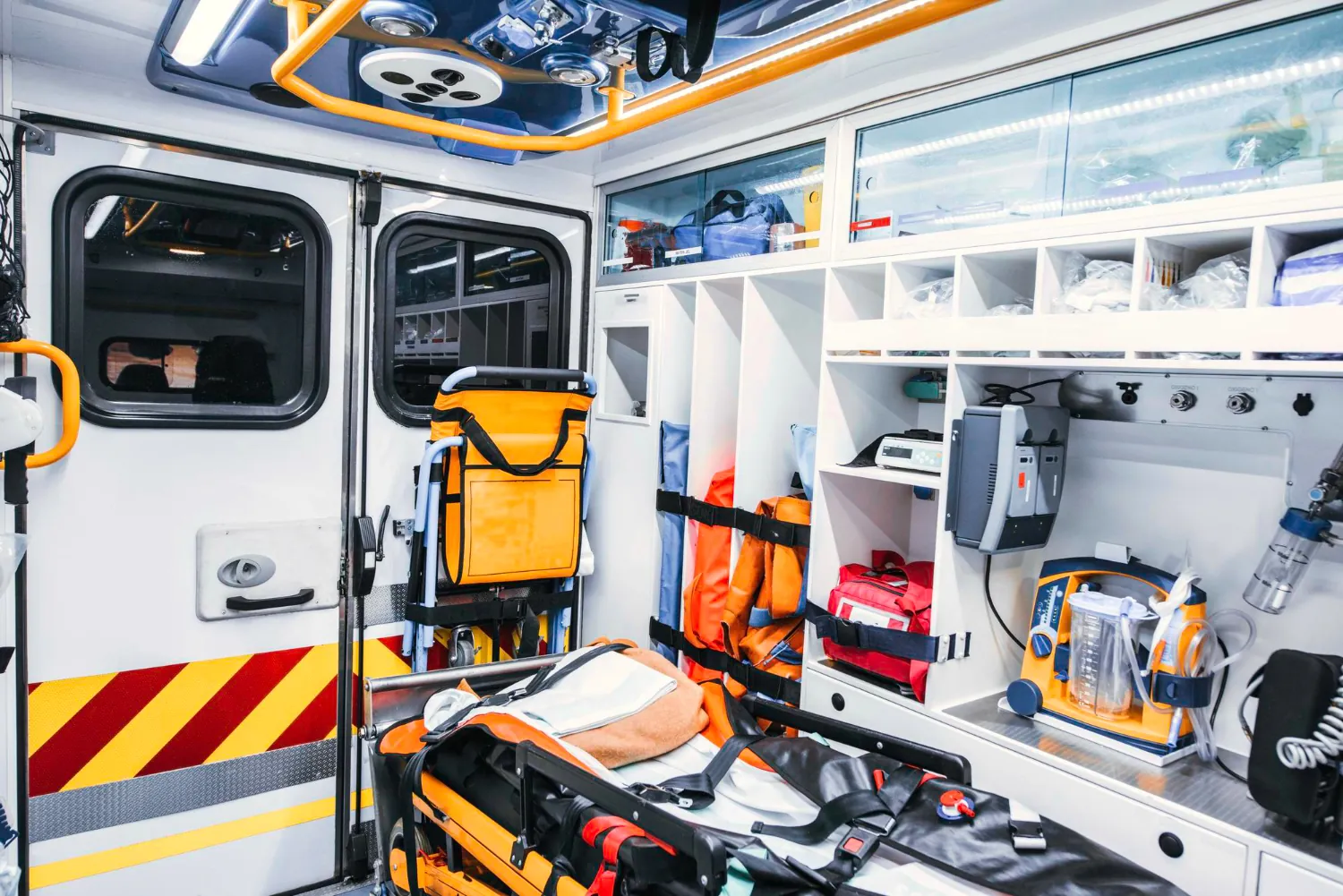Why EMS Culture Resists Software Adoption (and How LogRx Helps)

Paramedics and EMTs are ready to respond under pressure. They can adapt in the field and do what’s needed to deliver patient care in life-or-death situations. However, when adopting new technology, such as EMS reporting software and compliance tools, cultural resistance can hinder progress.
At LogRx, we frequently hear the concern, “We know the software would help, but our team doesn’t want to change.” It’s not due to a lack of interest in innovation; it’s just the reality of an intense, fast-paced work environment. Here’s how leaders can help overcome those barriers with a few practical, team-focused strategies.
The Context: Why Change Feels Hard in EMS
EMS culture is founded in reliability, speed, and a strong sense of teamwork. Each responder must trust their colleagues, the processes, and the tools implicitly because there's no margin for error in an emergency. It makes perfect sense why, with these high stakes, new software can feel risky and even unnecessary.
Seconds are critical during an emergency response, and time is rarely on your side. An application that slows your reporting and adds friction to the process is often viewed as a risk. Many EMS professionals have used the same systems for decades, even though these systems might be slower, less accurate, and even paper-based.
The other truth about EMS life is that it involves long shifts, overtime, and schedules that are often hectic and unpredictable. Trying to fit in the time and energy for training can strain anyone's bandwidth.
The concept of “new software” is also somewhat intangible. It’s easy to see why visible gear like ambulances and radios are prioritized over less obvious management software. As a result, even when there’s a software tool that can streamline compliance and improve patient care in the long run, adoption can stall or halt in the short term.
Why EMS Teams Resist Software Adoption
As a leader, you have a lot of empathy for your team. You recognize that there's a practicality to their resistance. It shows up in several familiar ways, and each one is easy to understand.
“The Old Way Works Just Fine”
As the saying goes, “If it ain’t broke…” Paper logbooks and basic spreadsheets can get the job done at a level that’s good enough. Could it be better? Yes, but for seasoned first responders who have relied on these tools their whole career, it can be hard to see the merits of change. Plus, many EMS agencies have a constant eye on the bottom line, so that new software can feel like an indulgence over a necessity.
Fear of Added Workload
In emergency response, the primary job is patient care. Time is stressed thin, and EMTs and medics are often juggling new regulations, changing protocols, and a constant need for training. A tool that appears complicated or requires multiple clicks to log a medication can feel overwhelming and slow down the team.
Skepticism About Outsiders
EMS culture is unique. It requires strength and a unique ability to remain calm under the most trying circumstances. Unless you’ve been there, it’s hard to understand what field conditions are like. Low connectivity, limited time, working in the back of a moving rig—most types of software aren’t people who have lived the reality of emergency response.
Why EMS Software Adoption Matters Now More Than Ever
Despite the challenges of EMS software adoption, certain tools are becoming less and less optional, especially in today’s digital-friendly landscape.
State and Federal requirements around controlled substances are stricter than ever. Manual systems leave too much room for error and liability. Accuracy and efficiency are critical to patient safety, so having proper EMS management software reduces errors and helps you focus on the needs of patients, not paperwork.
But in addition to compliance and protection, the truth is that well-designed EMS software can make the job much easier for all. By having a sound tracking system, you can save your team from the stress of inaccurate inventory, the risks of accidental diversion, and the hassle of writing down items on a paper log.
For administrators, having reliable EMS management software takes the stress out of reporting and compliance. It also gives agencies real-time visibility and the tools to track metrics like usage patterns and trends.
What may feel like extra work at first translates to less work and more safety in the long run. That’s why getting buy-in from your team is so important.
LogRx Helps Break Down Barriers
LogRx was designed with one core idea: EMS software needs to fit into the EMS world, not the other way around. Often, EMS professionals find themselves in situations where they must adapt software, spreadsheets, and other tools to tasks they were not originally designed for. Like trying to fit a square peg in a round hole, this takes up valuable time and energy.
LogRx was designed by EMS professionals for EMS professionals. We understand the industry and know what works and what turns into extra noise and hassle. With a mobile-first design, there’s no extra hardware or separate terminals required. It works for your team, right from their hand-held devices.
Logging a controlled substance through LogRx takes seconds (less time than handwriting in a paper log). The speed ensures that there are no glitches in the workflow—just a smooth, simple way to log and move on with the job.
No Wi-Fi? LogRx offers offline functionality. Log data and the app will store it until you’re reconnected. It’s ideal for search-and-rescue, air ambulance, and rural teams as well as those working in the city.
LogRx makes compliance easy and offers plenty of agency oversight. Administrative staff have real-time visibility of inventory and logs. There's no chasing down paper and trying to retell a story after the fact.
With a focus on speed and simplicity, LogRx helps eliminate the perception that software tools are another job or a hassle. It won’t get in the way of the primary focus: patient care.
Strategies for Encouraging Adoption in EMS Teams
Still worried that your team might be tough to get on board with new software? Even with the best software, leadership has a critical role in adoption and rollout. Fortunately, with LogRx, we've worked with many teams and garnered some great tips along the way.
1. Involve Teams Early
What does your team feel frustrated about with the current system? Do they see issues with logging and reporting controlled substances? Do they think paper logs and spreadsheets are a hassle, too? Discuss their pain points and then show them how the new software will resolve the issues and make their job simple.
2. Take Training in Bite-Sized Pieces
We’ve all sat through those long, hands-off demonstrations that bore everyone to tears. In emergency response, no one has the time to spare. Instead of long, drawn-out training sessions, use short, scenario-based training.
3. Share Wins
Acknowledge your team’s wins with the new software. How has the EMS software adoption reduced errors, helped your team save time, or streamlined DEA champions?
4. Encourage Peer Champions
Choose leaders and well-respected members of your team as early software adoptors and mentors. Peer-to-peer influence is often much more powerful than top-down directives that can feel hands-off and disempowering.
5. Focus on Safety
One of the best ways to get software adoption buy-in from your team is to focus on the ways that accurate medication tracking protects patients and providers. In a safety-first industry like EMS, this helps your team align with the mission, rather than feel like it’s another hurdle to jump.
The ultimate goal of working through resistance isn’t only to adopt one piece of new software. You want to shift the culture of your organization to one that embraces tools, making the job safer and more efficient.
Keep feedback loops open with your team, so they can let you know areas that are unclear or challenges they face. The openness will encourage improvements and adaptation. When the atmosphere shifts, resistance gives way to a sense of pride in your team being ahead of the curve.
The Future of EMS Tools
The truth is that technology is reshaping emergency services and the world around us. From telemedicine to AI-powered reporting, the tools to make EMS agencies more effective are going to continue to grow. Embracing new software positions your team to take on whatever comes next.
LogRx is carefully designed to be part of the future of emergency care. We’ve simplified compliance to help agencies free up their time, reduce the stress of the job, and focus on patient care. EMS software can work for everyone, from team members to patients, for better outcomes all around. Reach out today to learn how your team can start using LogRx to make their work easier and safer.

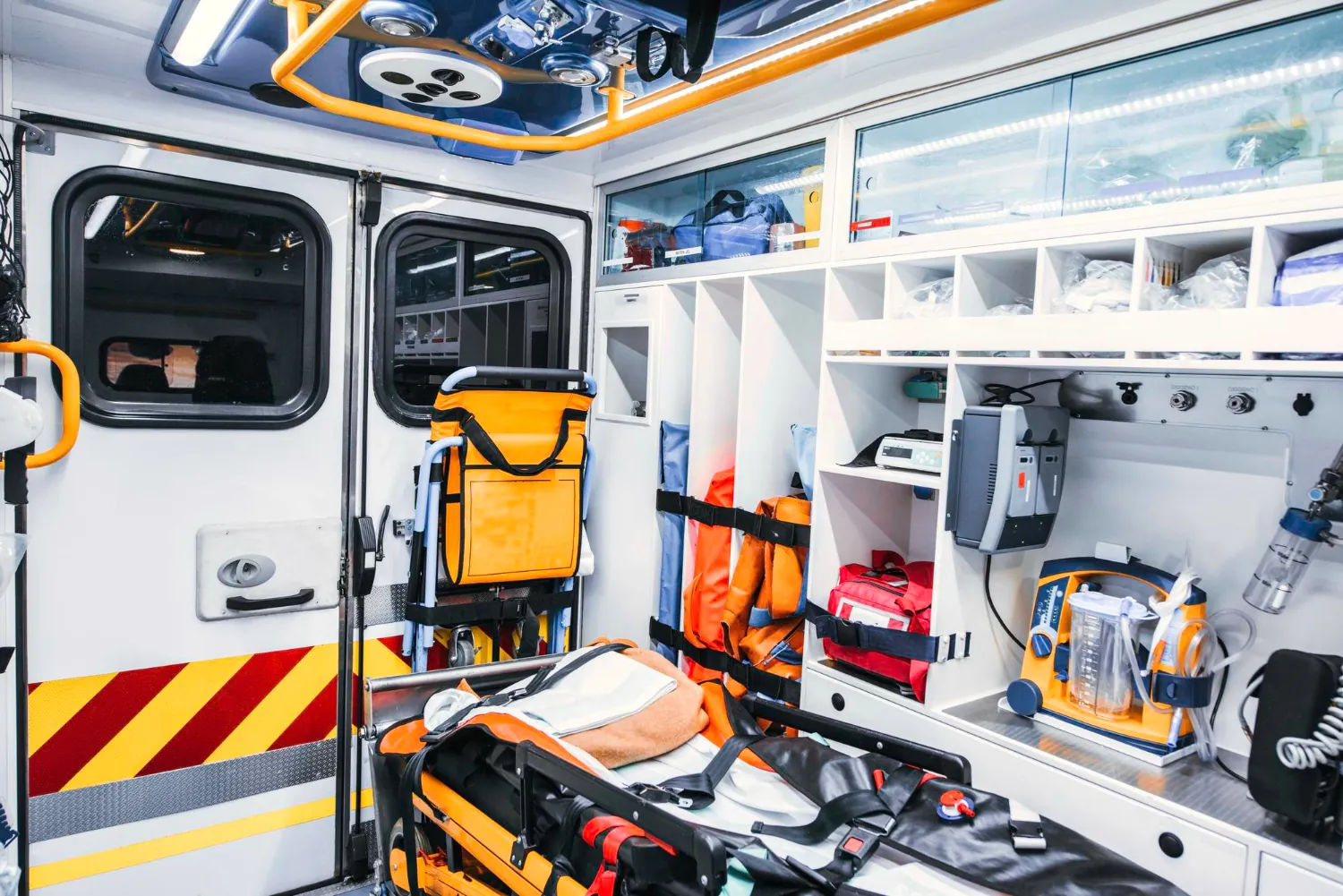







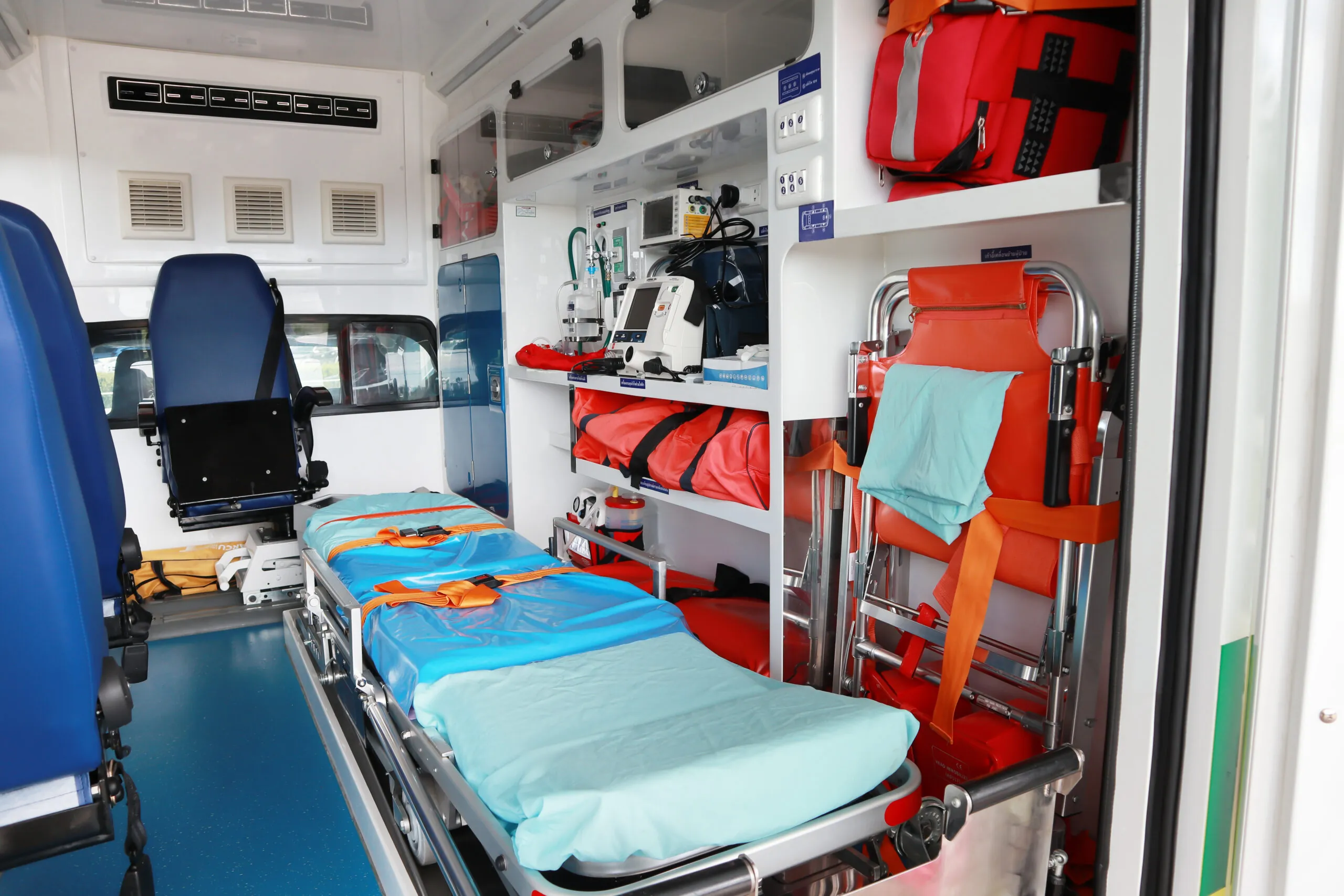





.webp?t=1762144240662)
.webp?t=1762149164069)











